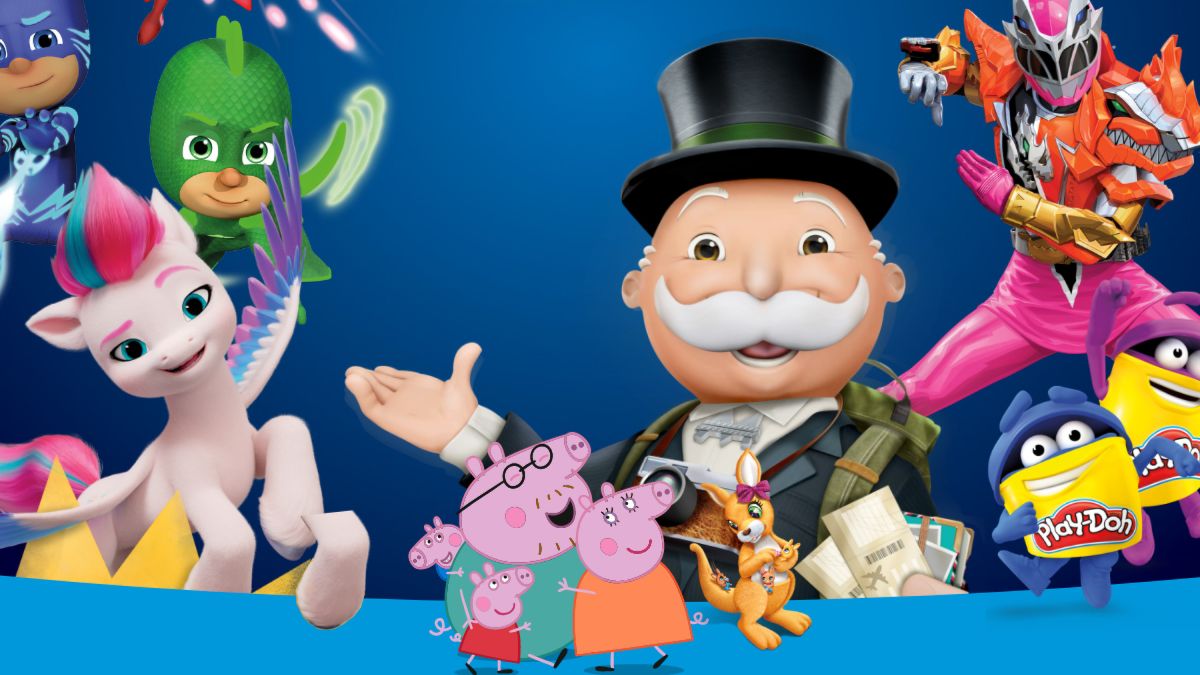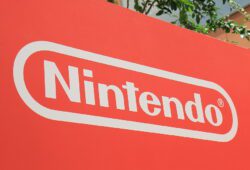
The iconic toy manufacturer Hasbro has been impacted by the tariffs imposed by U.S. President Donald Trump and has decided to reduce its workforce by 3%. The layoffs are part of its cost-cutting strategy, but will this include an increase in the price of its toys? Here’s what we know so far.
How many employees will Hasbro lay off?
According to the company, approximately 150 employees will be let go. As of 2024, Hasbro employed around 4,985 people across its facilities worldwide.
Will Hasbro raise toy prices?
Although prices have remained stable so far, the company acknowledged that tariffs ultimately lead to higher prices for consumers. An official announcement regarding a possible price increase is still pending. For now, the company is making adjustments—such as layoffs—to absorb the rising costs.
ALSO READ Anne Burrell: What is her net worth?
It’s worth noting that about half of the toys and games Hasbro sells in the United States are imported from China, a country subject to some of the highest tariffs on toys. The manufacturer stated that it has stepped up efforts to diversify its supply sources and reduce its reliance on China.
A Brief History of Hasbro
In 1923, brothers Henry, Hilal, and Herman Hassenfeld founded Hassenfeld Brothers, a company initially focused on selling textile remnants. During the 1920s and 1930s, the company diversified into school supplies and pencil boxes, managing to grow despite the Great Depression and employing over 200 workers by the 1930s.
In 1940, the company took a significant turn by entering the toy industry, releasing its first doctor and nurse play kits. This new direction would prove crucial for its future. The real turning point came in 1952 when the company acquired the rights to Mr. Potato Head, making it the first toy ever advertised on television—an important milestone in children’s marketing.
In 1964, Hasbro introduced G.I. Joe, a figure that defined an entirely new category: the action figure. A few years later, in 1968, the company officially shortened its name to Hasbro for easier brand recognition.
Expansion continued in the following years. In 1984, Hasbro acquired Milton Bradley, adding popular board games like Monopoly to its catalog. A year earlier, in 1983, it had launched Transformers, a toy line that became a global phenomenon and still boasts a massive fan base today.
In 2019, the company took another strategic step by acquiring Entertainment One (eOne), strengthening its presence in film and television and cementing its status as one of the world’s leading entertainment companies.
ALSO READ How much will it cost to ride in Tesla’s Robotaxi? Here’s what Elon Musk says
What are tariffs?
Tariffs are taxes imposed on imported goods. These tariffs benefit locally made products by giving them a competitive price advantage over similar imported goods. They also serve as a source of revenue for governments.
Why did Trump impose tariffs?
President Donald Trump has stated that tariffs are a key part of his economic strategy, aiming to promote manufacturing in the United States, protect jobs, increase tax revenue, and stimulate economic growth.
Trump seeks to revitalize and rebuild the U.S. manufacturing industry, which has lost many jobs over the past 40 years, largely due to the offshoring of labor to lower-wage countries like Mexico or China. Additionally, the president believes that the U.S. faces a significant trade deficit and that other countries are taking advantage by selling their products to American consumers.
Why are the United States and China in a tariff war?
It all began on February 1, when U.S. President Donald Trump announced a 10% tariff on all imports from China, as well as the elimination of the de minimis exemption, which had allowed the Asian country to make certain tax-free imports.
Later, on April 2, Trump ordered a 10% tariff on imports from all countries. Two days after that, China responded by imposing a reciprocal 34% tariff on all U.S. imports.
That was just the beginning. On April 8, Donald Trump increased the tariff on Chinese goods to 84% and reiterated his plan to eliminate the de minimis exemption on May 2. China did not remain idle—it then announced an 84% tariff on U.S. imports. The Trump administration responded by raising its tariffs on Chinese goods to 125%, and China matched the figure with its own 125% tariff on U.S. products.









